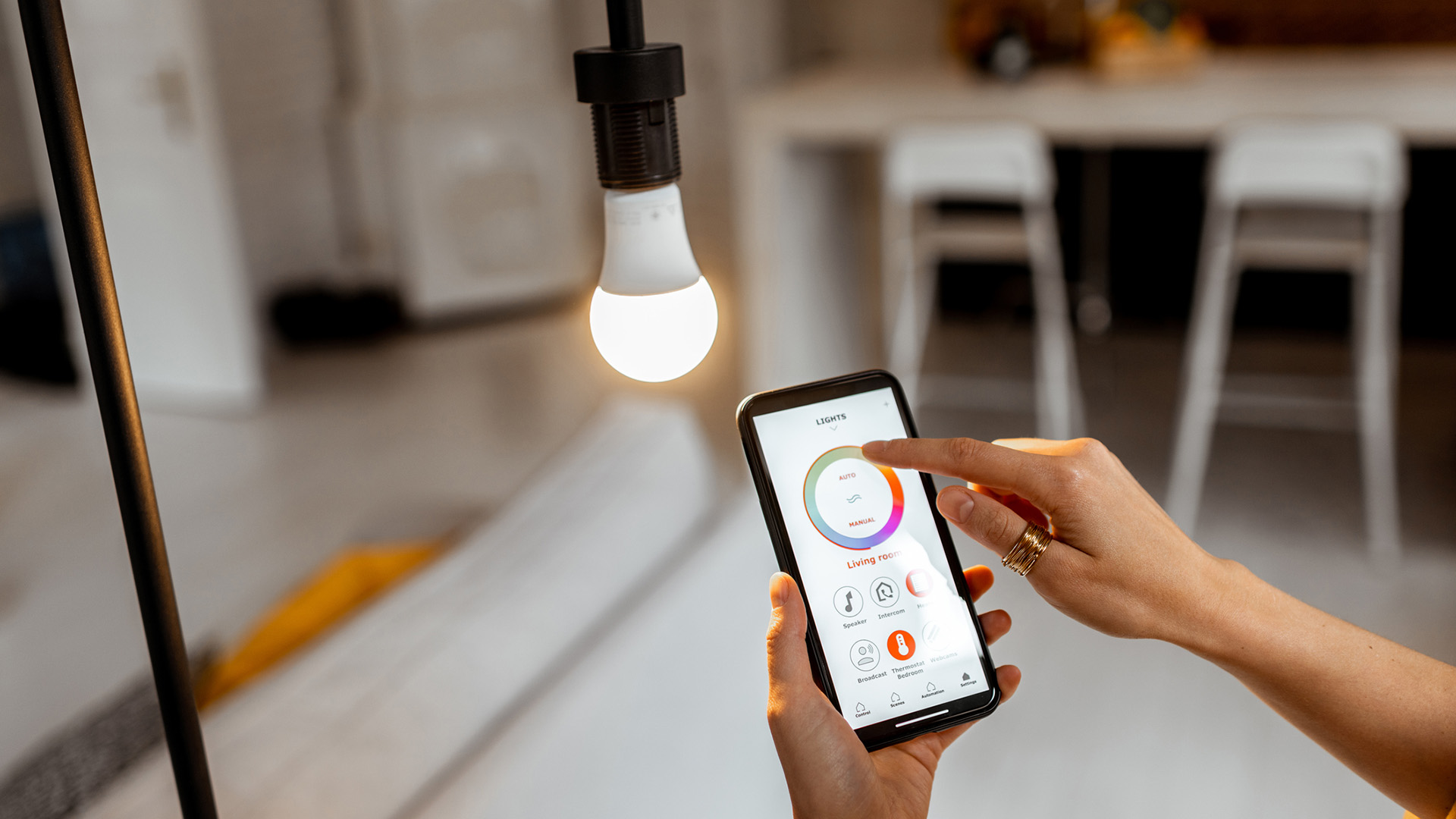
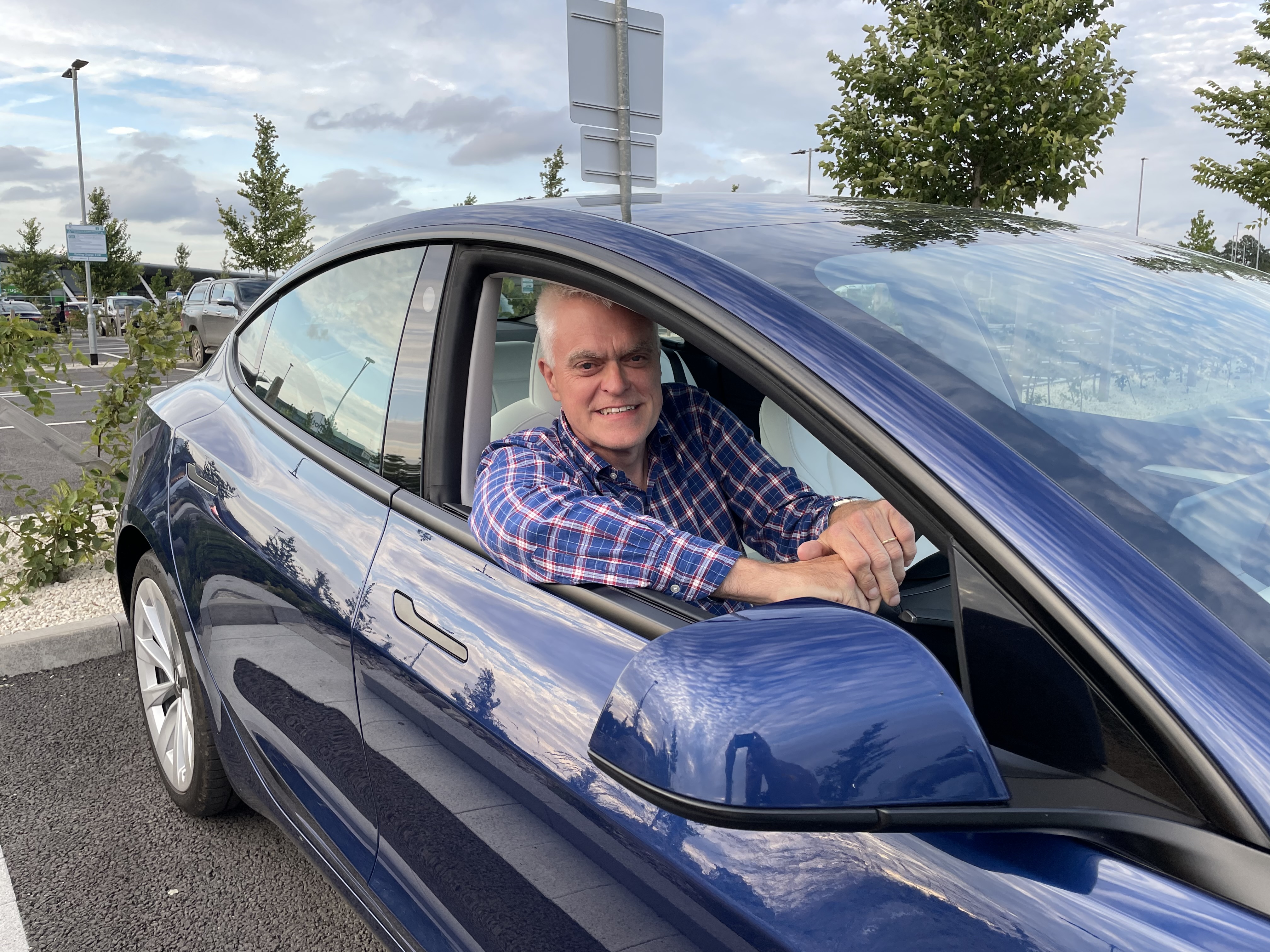
If there’s one bit of technology I wish people would take more seriously, it’s the humble lightbulb. In fact, most people probably wouldn’t consider it as technology at all, but we’d see things much more clearly if we did.
Back in the old days, of course, we had tungsten, incandescent light bulbs. They’ve been abandoned to history because unless you wanted to heat your room – in which case they would help a little – they weren’t very energy efficient; only a small fraction of the power they consumed was turned into light.
But they did have one huge advantage: their colour rendering was excellent. True, the light was warm in overall colour, about 2700° Kelvin, but like daylight, it fully reflected the whole colour spectrum so red apples looked red, green plants looked green, blue things looked blue and so on.
Tungsten’s replacements rarely get anywhere near colour rendering perfection. The squiggly compact fluorescents, now also consigned to history, made all colours look greyishly dull, which is partly why everyone hated them. Modern LEDs and Smart Bulbs are better but most are far from flawless. In particular, they don’t illuminate reds well, which has a negative effect on things like food and some skin tones.
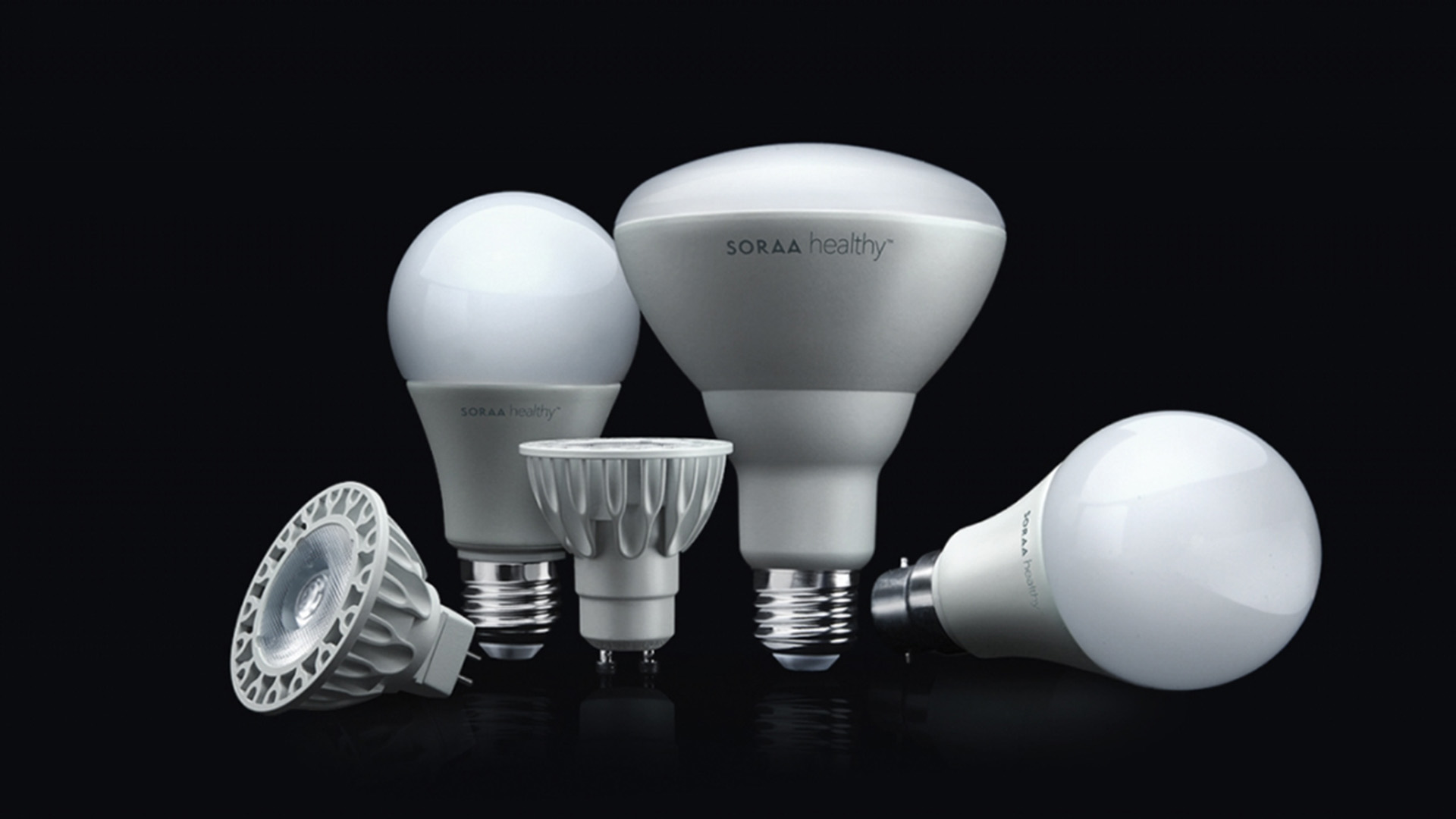
There are better LEDs available. Soraa, for example, a company founded by 2014 Physics Nobel Prize winner Shuji Nakamura, uses more exotic materials like Gallium nitride in its semiconductors, which help their bulbs approach complete colour rendition. These higher quality LEDs are favoured by the likes of photographers, gallery owners and museum curators, and by retailers who don’t want customers put off buying things by their dull-looking colours.
Domestic versions of these better bulbs are available but they’re yet to catch on in the home, at least in Britain. One reason they’re not more popular is their price. A Soraa 800 lumen GLS bulb currently retails for about £42. That’s over ten times the price of an everyday LED bulb.
Another reason is that you need to master quite a few figures to know what you’re buying, and I’m guessing the average buyer finds this off-putting. One measure of a lightbulb’s colour rendition is the colour rendering index or CRI. Daylight and tungsten bulbs are the gold standard at 100. Most LED bulbs have a CRI of only 80. The Soraa bulbs are 95. Some professional LEDs are 99.
Sign up to the T3 newsletter for smarter living straight to your inbox
Get all the latest news, reviews, deals and buying guides on gorgeous tech, home and active products from the T3 experts
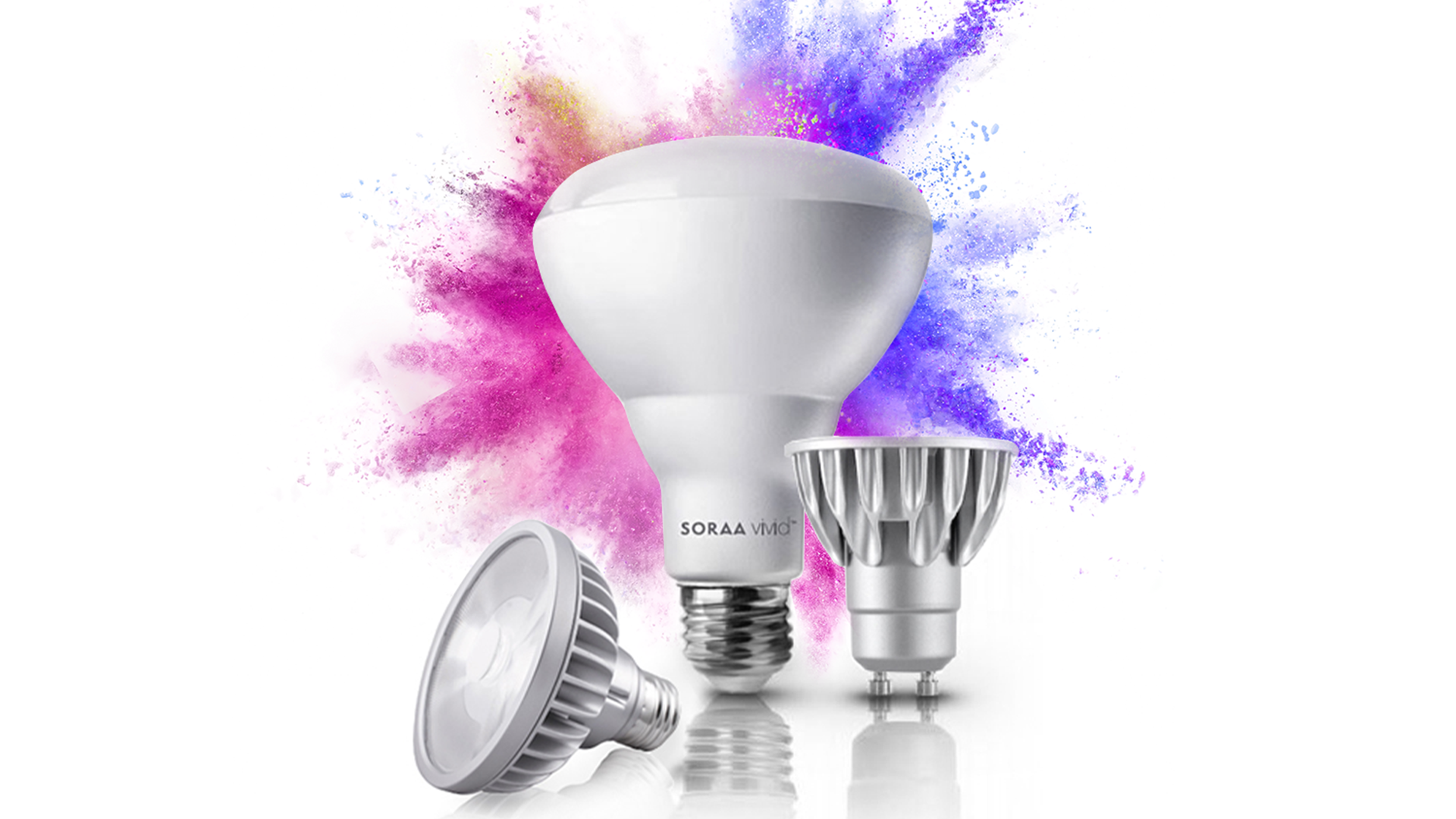
And CRI isn’t the whole story. Even a bulb with a high overall score can be weak rendering red. Ideally, you need both a high CRI and a high R9 or deep red rendering index. The Soraa bulbs have an R9 rendering of 95 too.
It ought to be more straightforward. A simplified star rating, say, would get rid of the off-putting figures, and more sales volume would bring down costs. In the US, high-CRI domestic bulbs are more popular and sell for around £20. Considering they have a lifespan of 25,000 hours, that’s roughly 10 hours a penny.
With better marketing and lower prices, sales would increase and our evening and nighttime hours could be just as bright and colourful as the best daylight ones. We’ll all feel so much better, and thrive in the light. One day I hope more of us will be able and willing to pay a little extra to see the full picture.
Jon is the main gadget reviewer and presenter for The Gadget Show on Channel Five. He was previously the Producer and Executive Producer of BBC's Top Gear between 1987 and 1999 and had a corner named after him on the Top Gear test track. He launched Fifth Gear for Channel Five and produced the show until 2004. When not presenting Jon enjoys writing. In 2019 Atlantic Books published his first book, Autopia: The Future of Cars, and he contributes regularly to Amateur Photographer magazine.
-
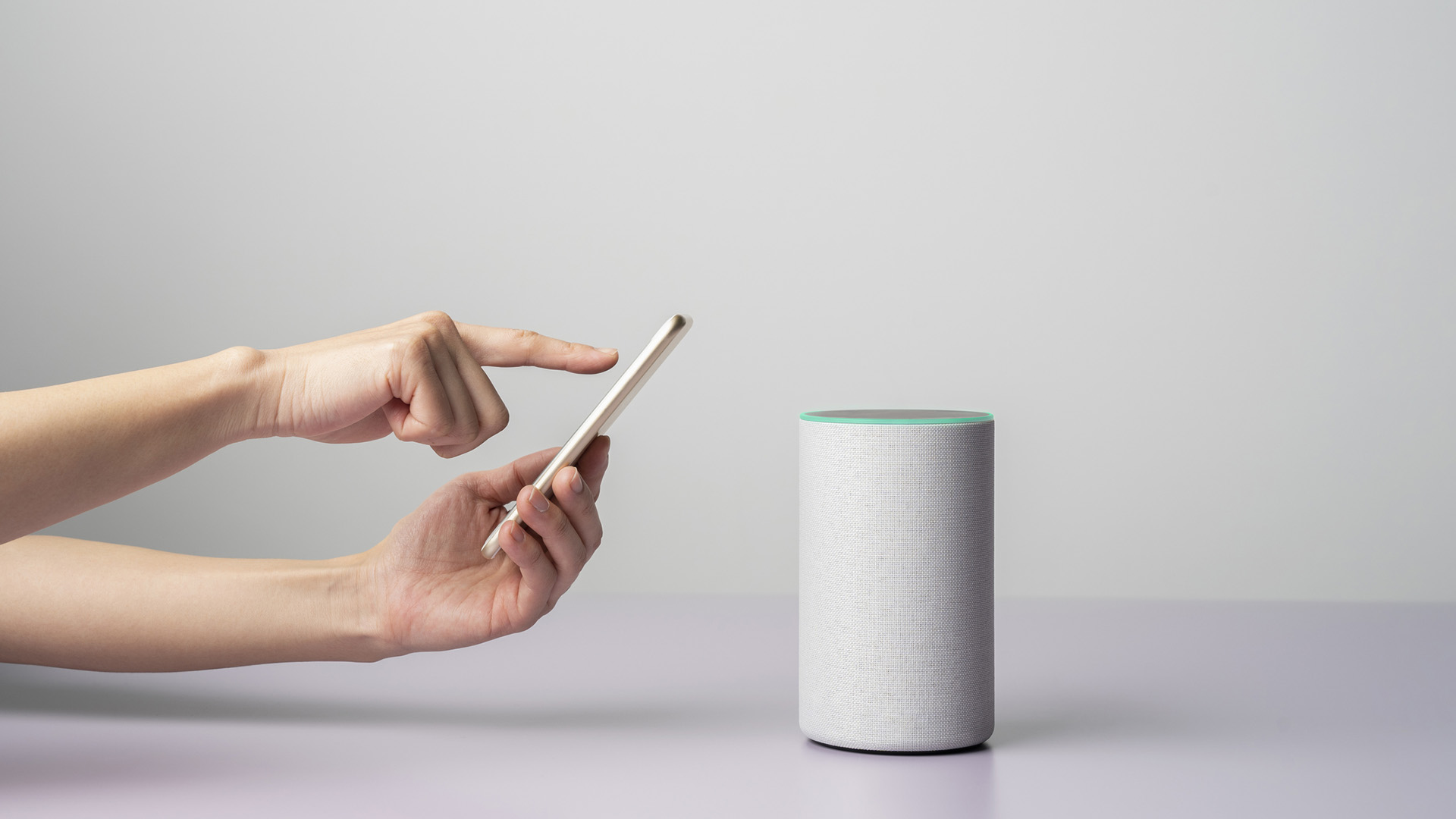 Is smart tech the smartest of purchases?
Is smart tech the smartest of purchases?John Bentley is concerned that we’re spending a lot of money on gadgets that simply stop working in a few short years
By Jon Bentley
-
 Can I have my own Amazon locker at home?
Can I have my own Amazon locker at home?Not satisfied with the current delivery model, Jon Bentley has a few ideas for how he wants his parcels securely dropped off
By Jon Bentley

